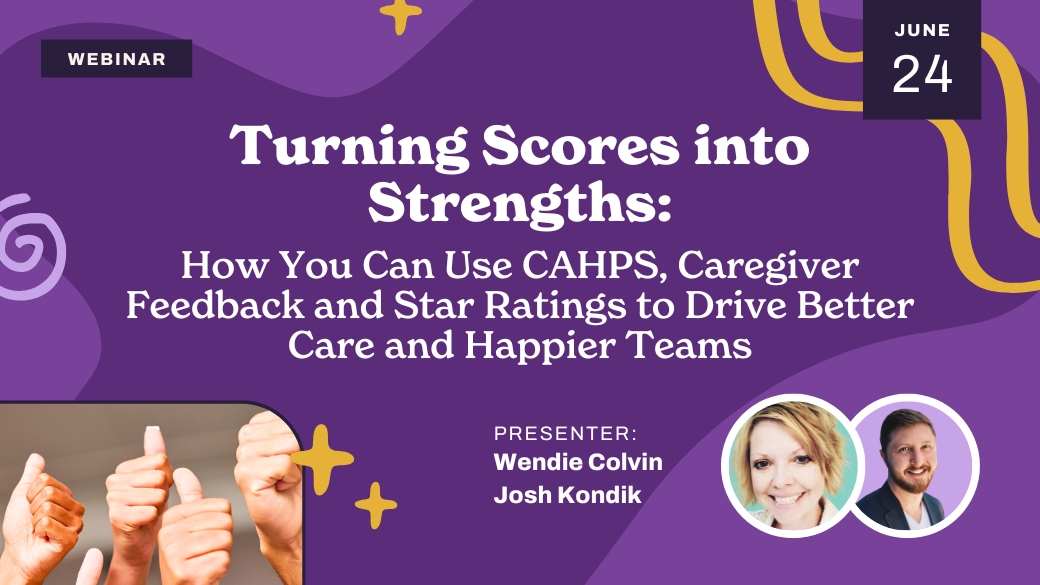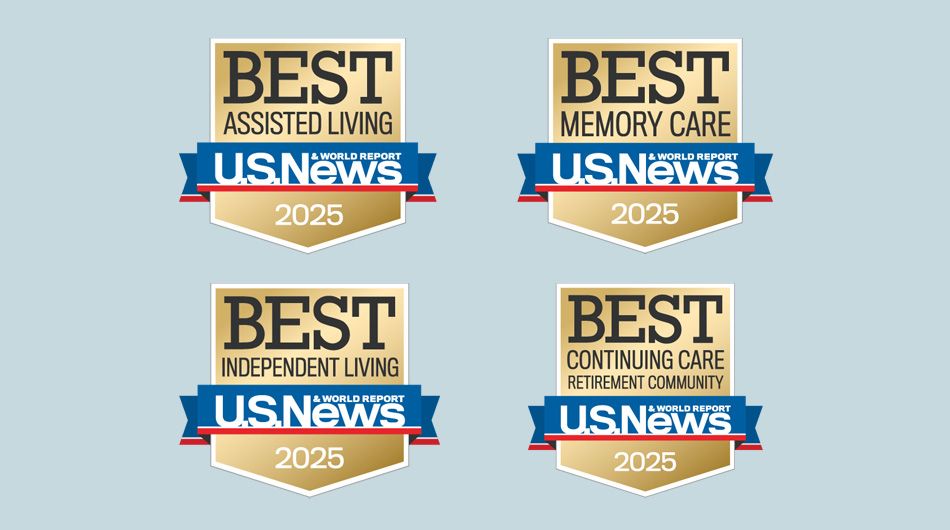
In 2008, Jon Huntsman, Utah Governor, moved the majority of Utah’s state employees to a four-day workweek hoping to reduce energy expenses. The state government surveyed a few months after the switch and found the new, flexible schedule had increased employee productivity, lowered commuting costs, and reduced traffic congestion. A study at Brigham Young University later reinforced how implementing this schedule and others like it has cut back on work-life conflict and improved the overall productivity of employees.
Employee turnover and productivity seem to be a constant battle that all companies fight on a regular basis and the home care industry is no exception. Mr. Huntsman, however, found a method that worked best for his employees. And though changing to a four-day workweek isn’t realistic for every business, this example makes a strong case for schedule flexibility. As a home care provider, you can also increase your employee productivity, which can, over time, have a drastic positive impact on caregiver turnover.
Activated Insights interviews thousands of caregivers each month through our Satisfaction Management Program. One of the first questions we ask a caregiver is why they decided to work for their agency over another. We have found it not uncommon for caregivers to leave one agency over another due to schedule inflexibility. As one caregiver put it, “I was actually working for a different company before this agency and the main problem with my previous company was the hours. They just weren’t giving them to me.” She stated. “I looked into other agencies and found that this agency provides the right amount of hours that work with my schedule and can still change if I have something come up. I don’t see myself leaving this agency anytime soon.”
17.7% of caregivers agree that their agency selection was based upon the working schedule meeting their lifestyle. The 2015 Private Duty Benchmarking Study reports the caregiver turnover rate has increased to 61.6%, as compared to 53.2% in 2013. While adjusting your agency to fit such standards, it’s a delicate balance between the real, immediate costs and long-term, secondary benefits. Look into the satisfaction levels of your caregivers and clients to gauge the success of your efforts.
Home Care is a very personable and authentic industry. Providing high-quality care to clients through satisfied caregivers should be a major focus, and try not to allow short-term pressures to keep you from delivering the care you want your agency to be known for.
Related Posts






![Team-meeting-[320×202] A group of five people are sitting at a table in an office, engaged in a meeting. They are smiling and focused on documents and a laptop. The setting appears collaborative, with papers, a tablet, and glasses of water on the table, reflecting their activated insights.](https://activatedinsights.com/wp-content/uploads/2015/02/Team-meeting-320x202.jpg)




